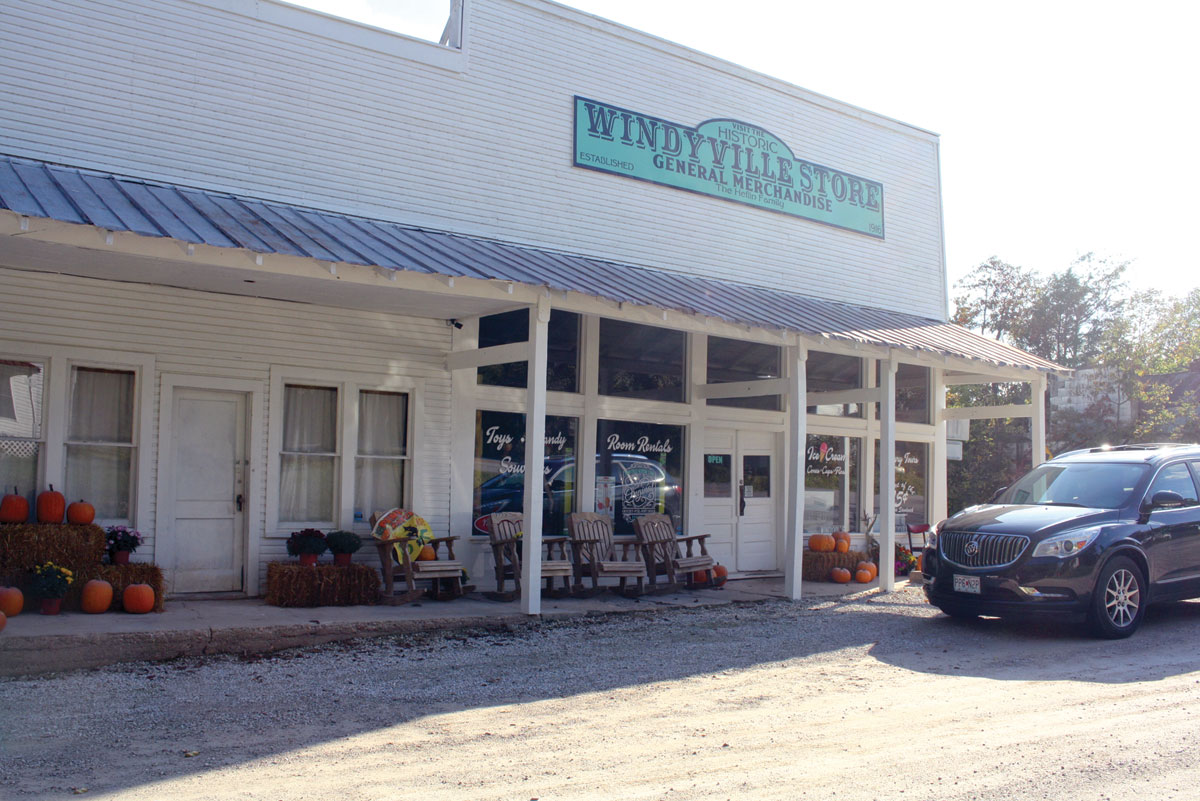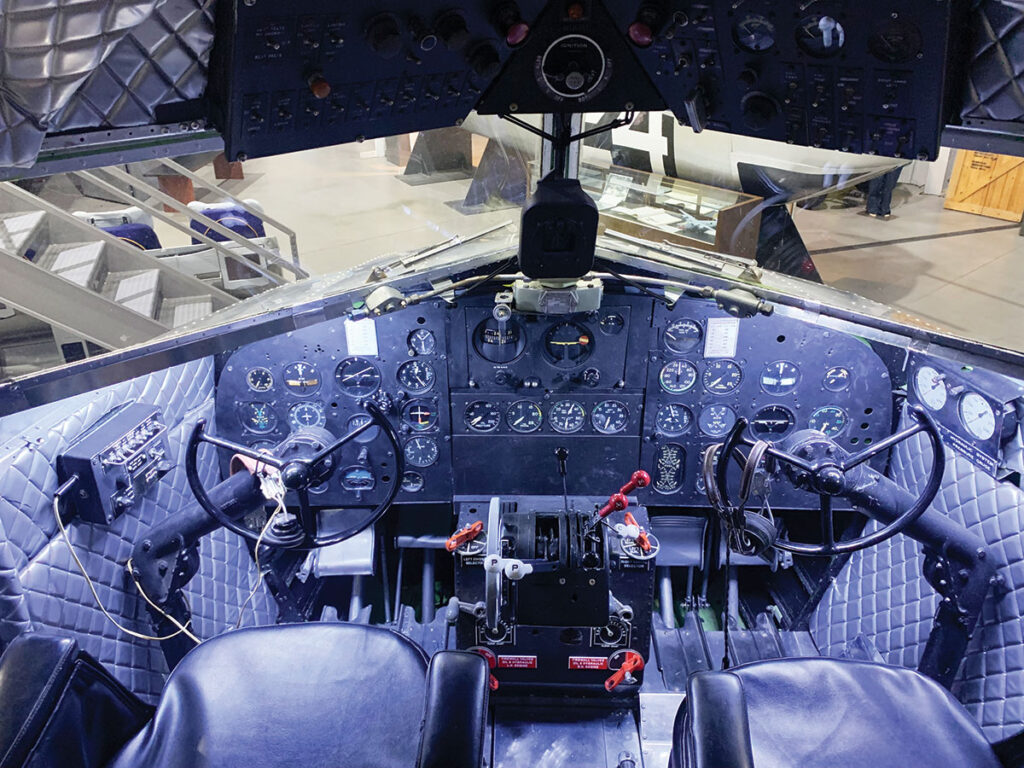
The Tulsa Air and Space Museum and Planetarium offers a hands-on approach to science education
TULSA, OKLA. – The mission of the Tulsa Air and Space Museum and Planetarium (TASM) is to preserve Oklahoma’s aerospace history and inspire science-based learning through discovery. The museum carries out its mission through stories of aerospace pioneers, events, aircraft, computer flight simulators, an aerospace curriculum, a teacher resource center, a media center and library. Hands-on activities include group tours, activities, and aircraft visitors can touch, including open cockpits, a robotic arm, a space shuttle launch, and a space maneuvering unit. A simulated wind tunnel helps display the principles of flight and the technology used by astronauts, pilots and scientists.
The TASM began in 1998 in a 1940s hangar on the Spartan School of Aeronautics’ campus, moving to the Sherman and Ellie Smith Hanger One on the north side of the Tulsa International Airport in 2005. The James E. Bertelsmeyer Planetarium, Oklahoma’s first Planetarium, opened in 2006. The National Museum of the United States Air Force and the Naval Aviation Museum certified the TASM to receive artifacts and traveling exhibits on loan.
The Ray Booker Flight Lab, Build Your Own Aircraft Simulator and Bernoulli’s Principle are hands-on exhibits educating visitors about flight and aircraft. The Ray Booker Flight Lab includes everything you need to train like a pilot, from yoke to throttle. The Build Your Own Aircraft Simulator gives visitors missions for their own aircraft to complete. The interactive Bernoulli’s Principle exhibit teaches the forces of flight by stacking balls in the air.
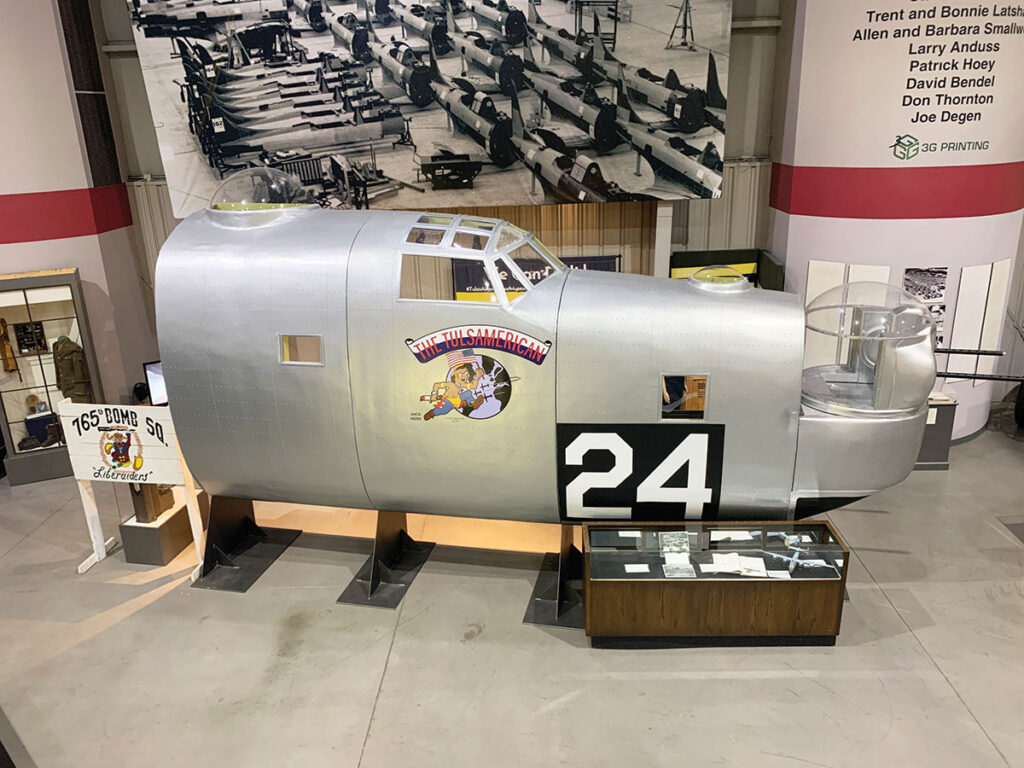
Five historic airplanes are on exhibit at the TASM. The airplanes include an American Airlines MD-80, a Rockwell Ranger 2000, a Grumman F-14A Tomcat, the Tulsamerican B-24 Exhibit and the Flagship Tulsa Exhibit. The American Airlines MD-80 exhibit holds an entire MD-80 plane, including the cockpit. Designed by Rockwell for the Joint Primary Training Systems competition, the Rockwell Ranger 2000 was built in Germany. Eric Benson of Sallisaw and Sen. James Inhofe of Tulsa brought a Grumman F-14A Tomcat to the TASM. The Tomcat is painted in the squadron colors of VF-41 Black Aces with the names of Oklahomans who were pilots and crew members listed on her nose and a gold star indicating those killed in action or during training. Tulsa was selected by President Roosevelt’s Arsenal of Democracy program to aid the World War II effort as the new location of a Douglas plant. The plant employees bought enough war bonds to build the Tulsamerican, the last B-24 built in Tulsa. It fought in Europe and crashed in the Adriatic Sea off the coast of Croatia. The TASM Board, American Airlines, and volunteers all worked to bring the Douglas DC-3 Flagship Tulsa back to the TASM from storage in Oshkosh, Okla. A recreation of the art deco airport terminal Will Rogers, Amelia Earhart, and Wiley Post all walked through in 1931 is on display at the TASM.
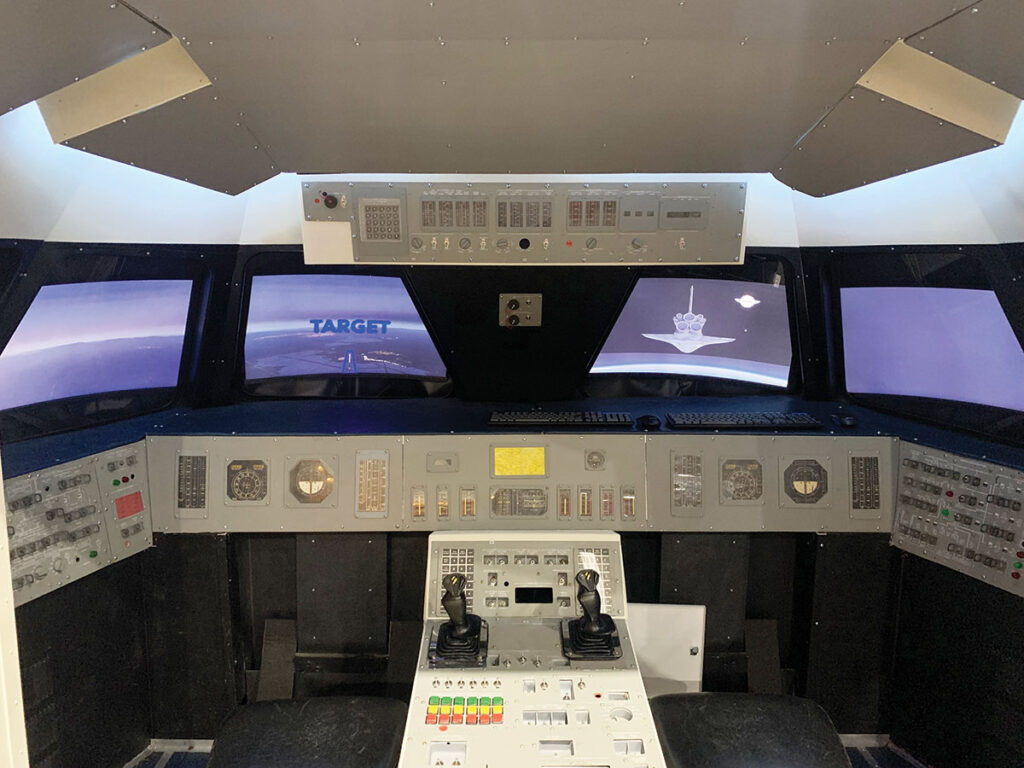
A fully-working shuttle simulator is designed to test visitors’ ability to land the space shuttle. It contains two fully interactive stations allowing visitors to take the controls and operate a custom-made program.
The Tuskegee Legacy Exhibit features the groundbreaking African American aviators in the Army Air Corps. Trained for combat missions in the western theater of WWII at the Tuskegee Institute of Alabama, these men served roles including navigators, bombardiers, technicians and leadership positions. Nicknamed “Redtails,” these heroes ran approximately 1,600 combat and hundreds of escort missions.
The James E. Bertelsmeyer Planetarium and ESky™ Theater, an updated state-of-the-art projection system, were added to the TASM over a decade ago. Pairing high-definition visuals with state-of-the-art technology in a fully immersive theater atmosphere, the Planetarium offers a rotating schedule of programs introducing a new show approximately every six months. The Planetarium also shows daily screenings of half-dome movies and live tours of the night sky.
Productions available to see at the Planetarium include From Dream to Discovery: Inside NASA; Black Holes: The other side of Infinity; Destination Mars: The Final Frontier: Earth, Moon and Sun; and Faster the Light: The Dream of Interstellar Flight; Stars and Dream to Fly.
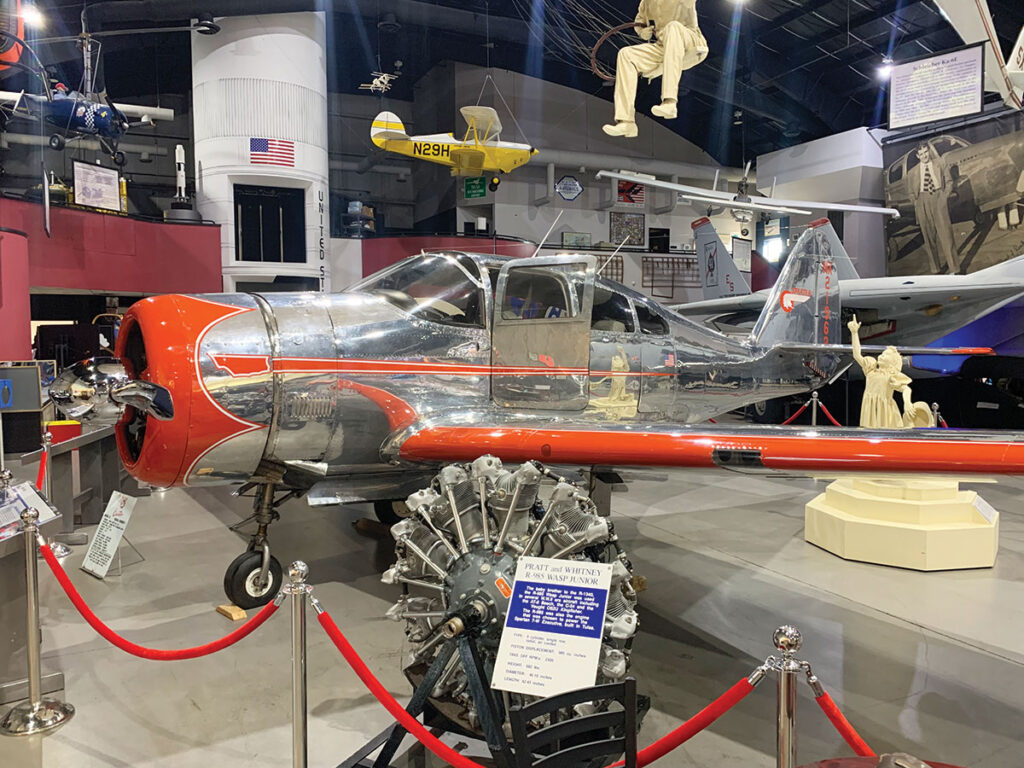
Tours with museum-experienced docents or self-guided tours, including a scavenger hunt, can be booked for field trips. Teachers can arrange for students to see Planetarium shows during their field trips. TASM activities include Stomp Rockets, Landers, Motors and Generators, Morse Code and the Physics of Flight. The TASM offers programs for Scout Merit Badges, including aviation, astronomy, space exploration and campout.
The TASM offers free programs to inspire STEM learning at home with Tonight’s Sky, Artemis Student Challenge, engineering and science inspired by the Perseverance Mars Rover, PhET Interactive Simulator Project from the University of Colorado Boulder, MicroObservatories and ViewSpace Interactives. All activities use easy-to-find household supplies and are appropriate for all ages.







